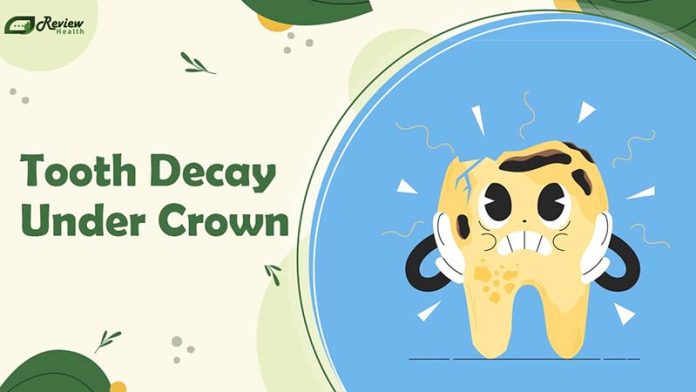Tooth decay under crowns can compromise your smile’s integrity. Despite the sturdy protection crowns provide, decay can develop unnoticed, posing a threat to oral health. Our comprehensive guide empowers you with knowledge on prevention, identification, and effective treatment strategies, ensuring the longevity of your dental work and the health of your teeth.
What Is Tooth Decay Under Dental Crown?
A dental crown, often referred to as a dental cap, serves as a protective restoration covering a tooth or dental implant. However, if a crown is not placed correctly, it can inadvertently trap plaque under its surface or within cracks, thereby fostering conditions for decay to occur.
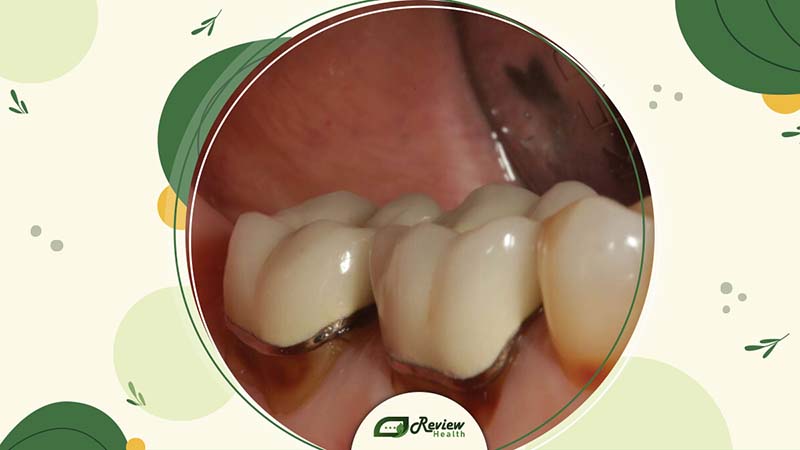
Symptoms of decay beneath a crown typically manifest as bleeding while brushing the affected area and inflammation of the gums. These signs require prompt attention to prevent further complications.
Why Is the Crown Needed?
A dental crown serves as a protective cap for a tooth, tightly sealing off any damage and shielding it from decay. This necessity arises particularly after a root canal procedure or when a tooth harbors a significantly large cavity.
During a root canal, the removal of infected tissue weakens the tooth’s structure, making it vulnerable to further damage. By placing a crown, the tooth is reinforced, resembling and functioning like a natural tooth. This not only enables normal chewing but also acts as a barrier against future harm, ensuring long-term dental health.
Causes of Decay Under the Tooth Crown
Experiencing pain beneath a crown could result from various factors, including:
Infection
Signs of infection beneath your crown may include pain when biting, swelling of your gums, and tooth sensitivity. It’s important to address any early signs of infection promptly to prevent further discomfort.
Post Crown Procedure
Following the placement of a crown, it’s normal to experience some discomfort or tenderness initially. However, if the pain persists beyond your dentist’s recommended recovery period, seek professional assessment.
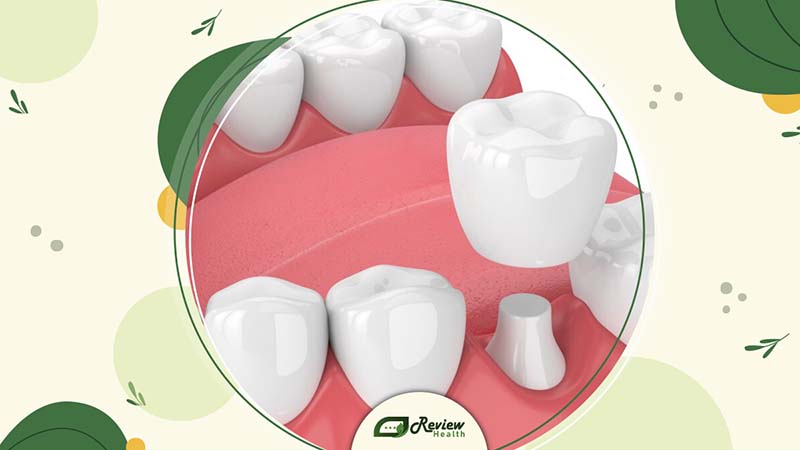
Tooth Decay Under Crown
The development of a cavity beneath your crown can lead to tooth pain. If left untreated, decay can spread throughout the remaining tooth structure.
Decay often originates from food remnants left in the mouth after eating, which serve as a breeding ground for bacteria. These bacteria produce acids that erode enamel, resulting in cavities. Timely intervention is crucial to prevent worsening decay and preserve dental health.
Signs of Tooth Decay Under Crown
Being aware of the signs and symptoms of tooth decay beneath a crown is crucial for preventing severe damage:
- Tooth Sensitivity: Discomfort while brushing a sensitive tooth could indicate underlying decay.
- Tooth Pain: Persistent or sudden tooth pain can serve as a warning sign of decay beneath a crown.
- Crown Pulling Away from Tooth: If the crown begins to pull away from the tooth, it suggests deterioration of the underlying structure. This gap signifies a breakdown in the tooth’s integrity, potentially indicating decay beneath the crown.
Recognizing these signs promptly allows for timely intervention, preventing further deterioration and preserving dental health.
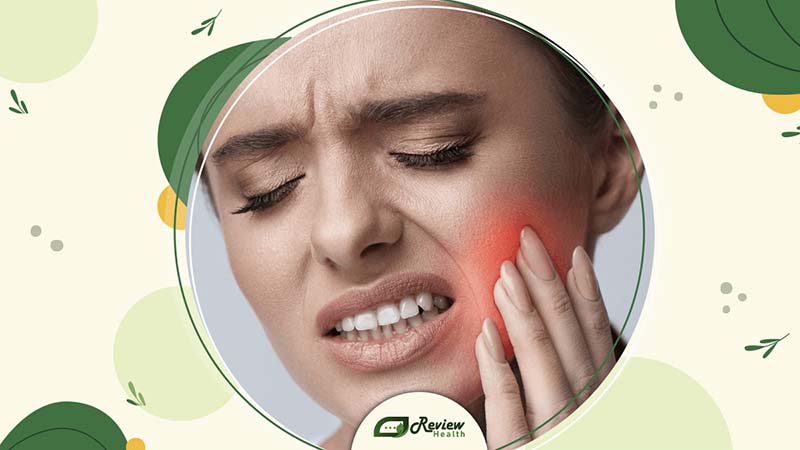
How to Prevent Cavities Under the Tooth Crown
Preventing tooth decay beneath a dental crown entails practicing good oral hygiene and maintaining regular dental care. Here are some strategies to help safeguard against cavities:
Daily Brushing and Flossing: Maintain proper oral hygiene by brushing your teeth twice daily and flossing at least once a day to remove food debris and plaque, especially around the crown area.
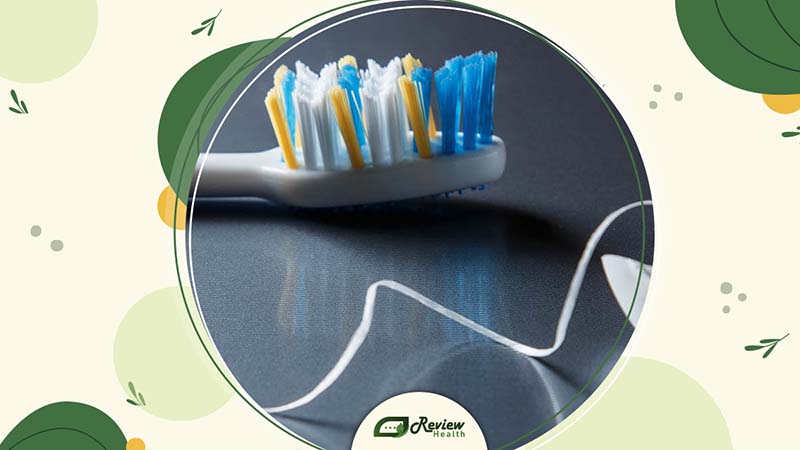
Regular Dental Checkups: Schedule routine visits to your dentist for checkups and professional cleanings, allowing for early detection of any issues and ensuring the longevity of your dental crown.

Use Fluoride Products: Opt for fluoride toothpaste and mouthwash to strengthen tooth enamel and mitigate the risk of tooth decay.
Prevent Gum Disease: Gum disease can contribute to tooth decay by harming the gums and supporting bone structure. Avoiding gum disease through proper oral care can help prevent complications such as receding gums, which increase the susceptibility to decay.
Incorporating these practices into your oral care routine can significantly reduce the likelihood of developing cavities under your dental crown, promoting optimal dental health.
How to Treat Tooth Decay Under Crown
If decay is detected beneath your dental crown, treatment options will vary depending on the severity of the decay and your individual circumstances:
Dental Filling
For early-stage decay, a simple dental filling placed at the margin of the dental crown may suffice. However, close monitoring is necessary as fillings may not provide as strong a seal as the original crown and could potentially leak over time.
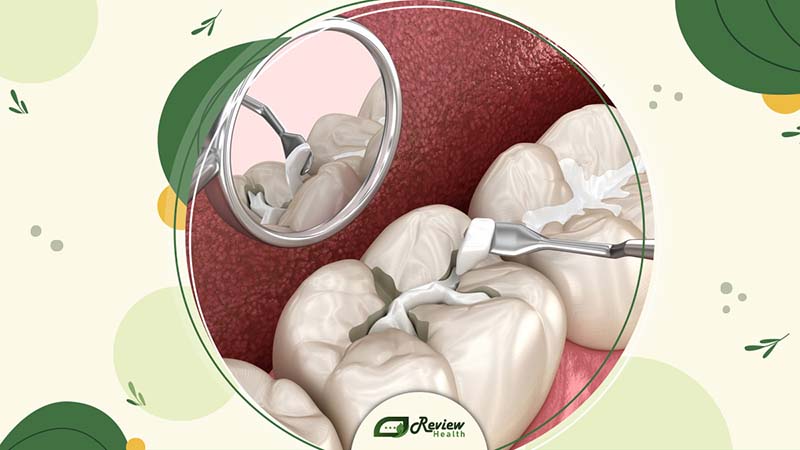
Root Canal Therapy
If the decay extends to the nerve center of the tooth, root canal therapy is necessary to salvage the tooth. Following a root canal, the tooth will require rebuilding, and a new crown should be placed to restore its structure and function.
Crown Lengthening
In cases where decay extends along the side of the tooth, crown lengthening may be performed. This involves surgically removing bone to provide access to the decayed area. Following restoration, a new crown will be required to ensure proper sealing and coverage.
New Custom Dental Crown
In many cases, after treating decay, a new custom dental crown will be fabricated to effectively seal and protect the tooth.
Dental crowns usually last between 5 to 15 years, but they are not immune to decay and require proper care. Regular checkups enable your dentist to assess the health of your crown, detect any decay, and address any issues such as leaking edges promptly.
Frequently Asked Questions
How Long Does Tooth Pain Last After Porcelain Crowns?
Discomfort typically subsides within a few days after receiving porcelain crowns. Your dentist may prescribe medication to manage symptoms, and cold therapy can also help alleviate discomfort. However, if the pain persists, worsens, or is severe, contact your dentist immediately, especially if it persists beyond two weeks.
How Do Dentists Identify Tooth Decay Under Crown?
Detecting decay under a crown is often a challenging task, particularly when the decay is minimal. Dentists typically use X-rays to check the underlying tooth structure for any decay or damage. A detailed oral examination is also crucial to spot any signs of infection or decay.
What Foods Should I Avoid Eating When I Have Tooth Decay?
When you have tooth decay, it’s best to avoid hard, sticky, or chewy foods such as steak, popcorn, hard candies, gum, and raisins. These foods can put pressure on dental crowns and may lead to damage. Also, avoid sugary or acidic foods and beverages like orange juice and coffee, which can increase acidity in the mouth and promote decay. Keeping a diet low in sweets, acids, and sour foods will help maintain the health of your crown and keep your smile free of cavities.
See More: List of Foods That Cause Tooth Decay: What to Avoid
Is Tooth Loss a Possible Outcome of Tooth Decay Under Crown?
While dental crowns provide significant protection, decay under them can still develop, leading to several dental issues, including sore gums, bad breath, infections, and in severe cases, tooth loss or the necessity for extraction. Regular dental checkups are vital to catch these problems early and manage them before they escalate.
Conclusion
In conclusion, tooth decay under dental crowns represents a pressing issue that demands attention for the protection of our oral health. Review Health underscores the importance of recognizing early signs of decay, pursuing timely treatment, and employing proactive preventative strategies. It is crucial to maintain regular dental visits, adhere to rigorous oral hygiene practices, and consult with dental professionals to sustain the durability of dental crowns and safeguard against potential decay. By staying informed and vigilant, you can ensure the longevity of your crowns and the health of your smile.

